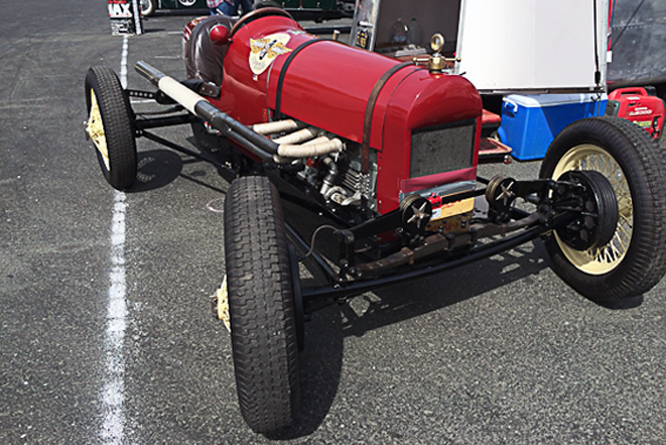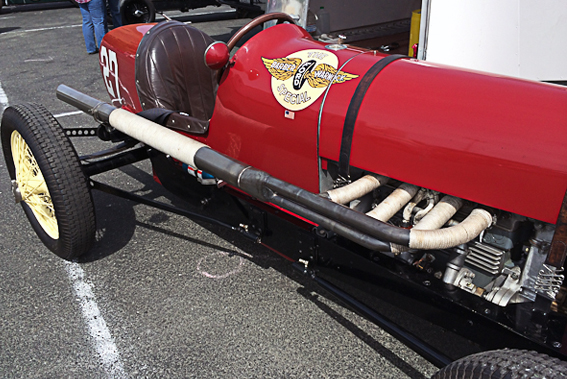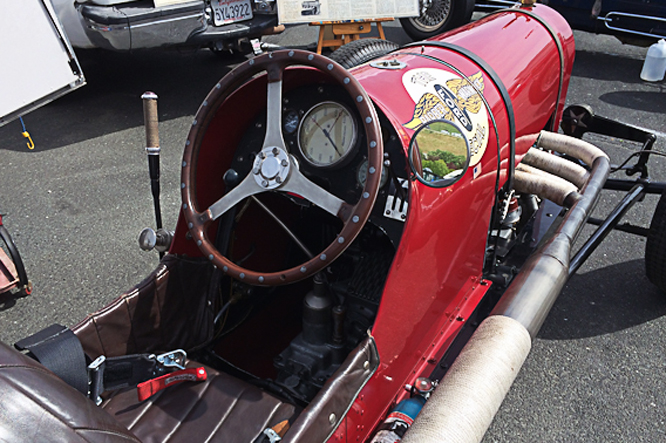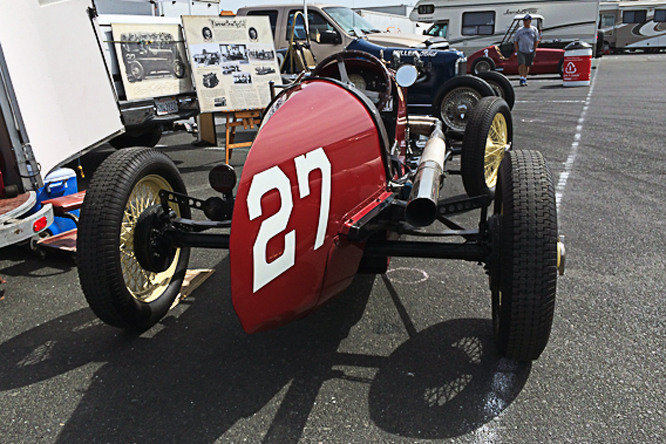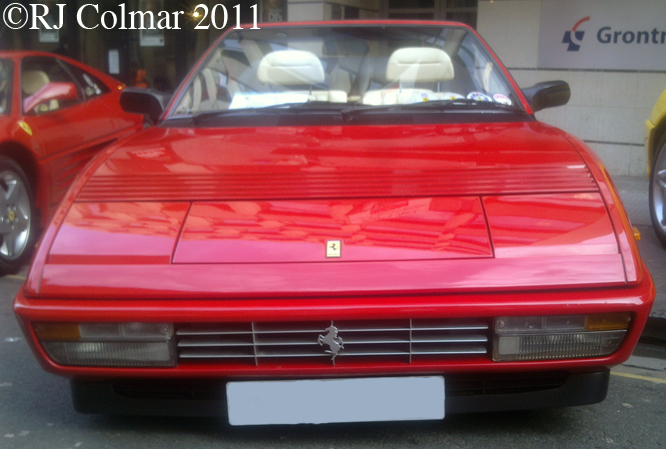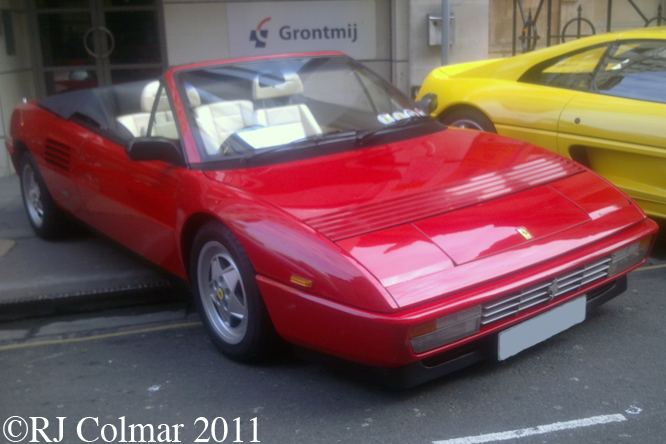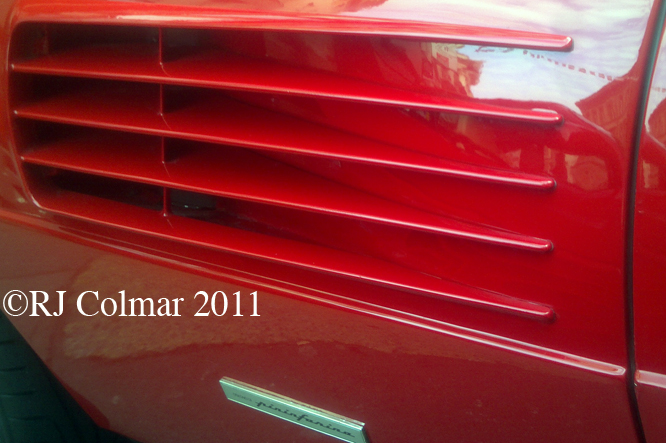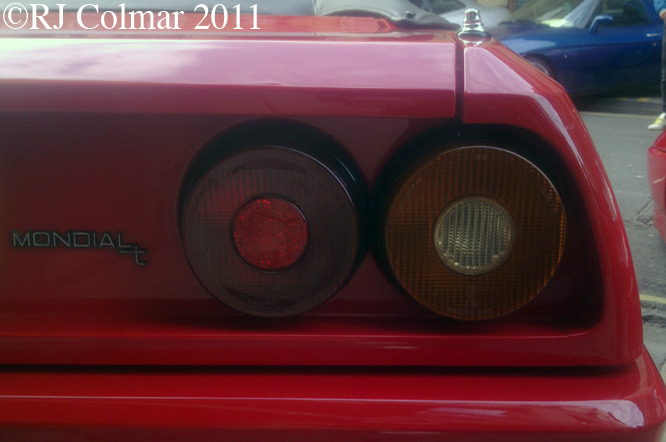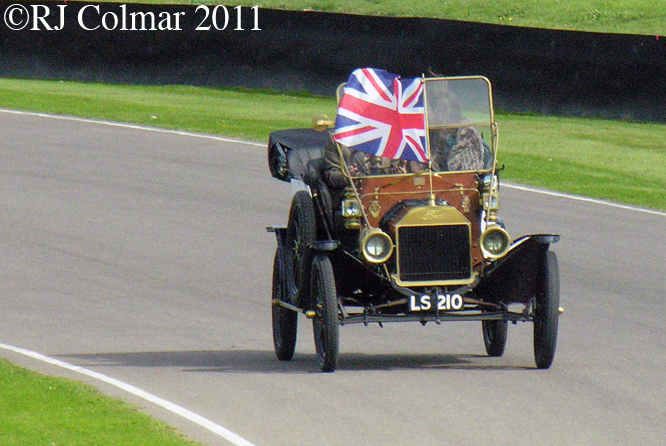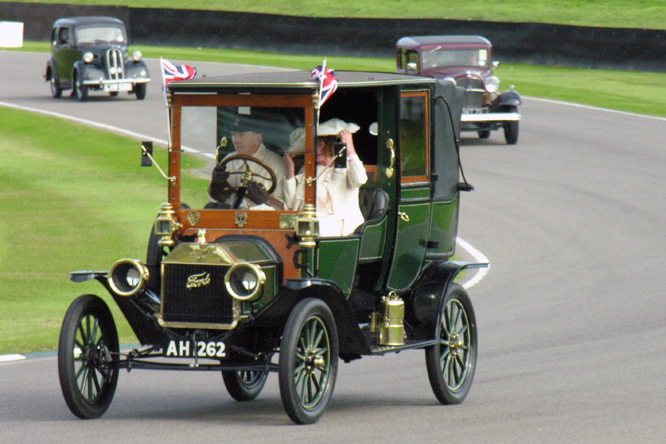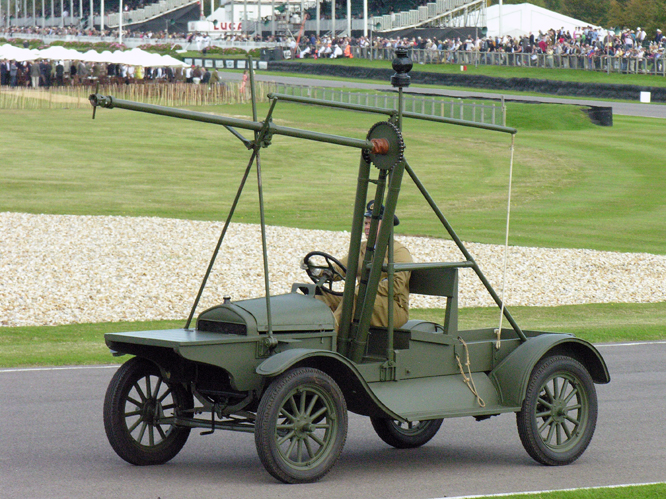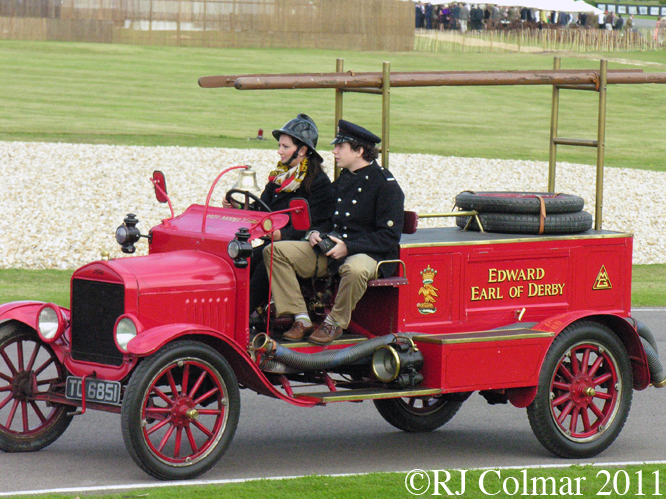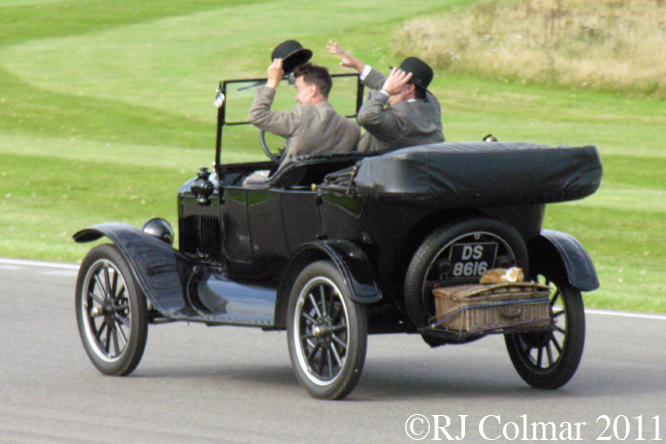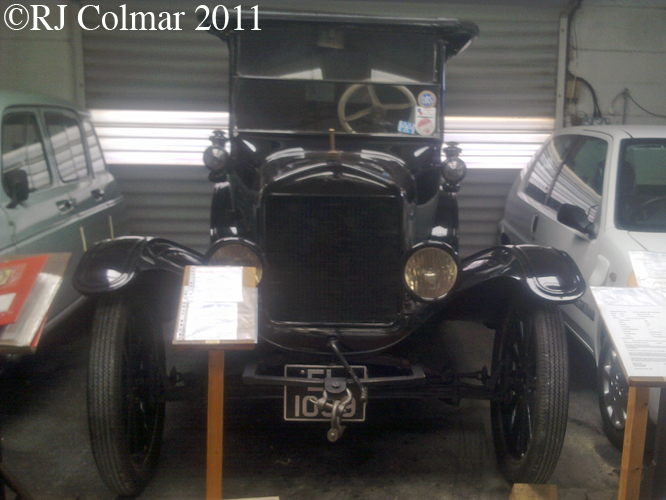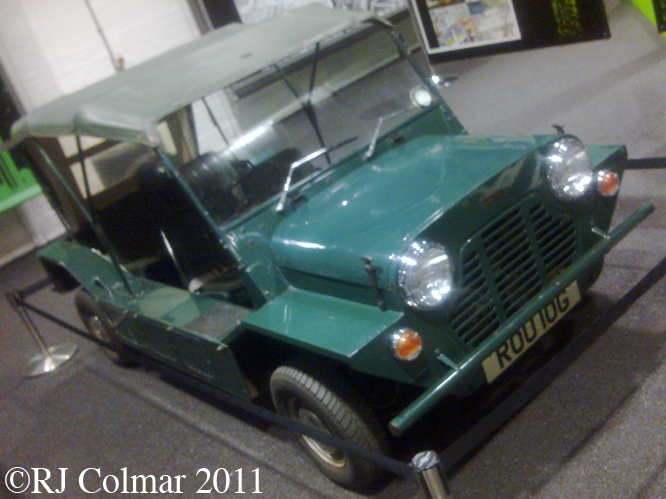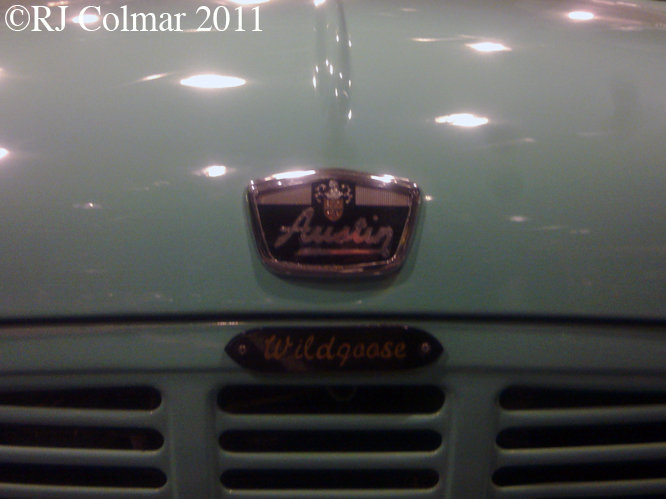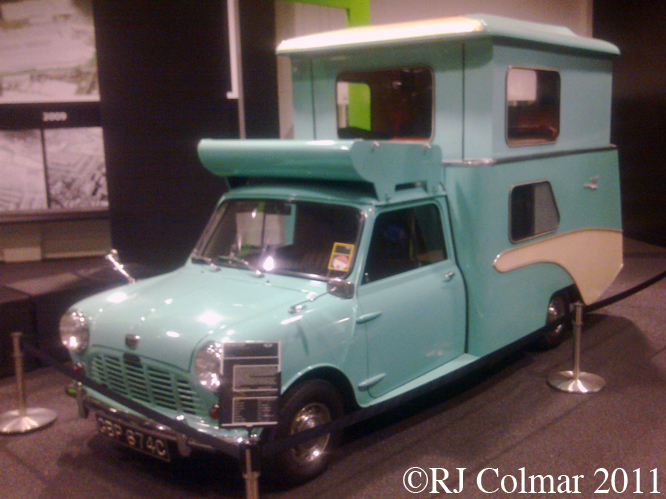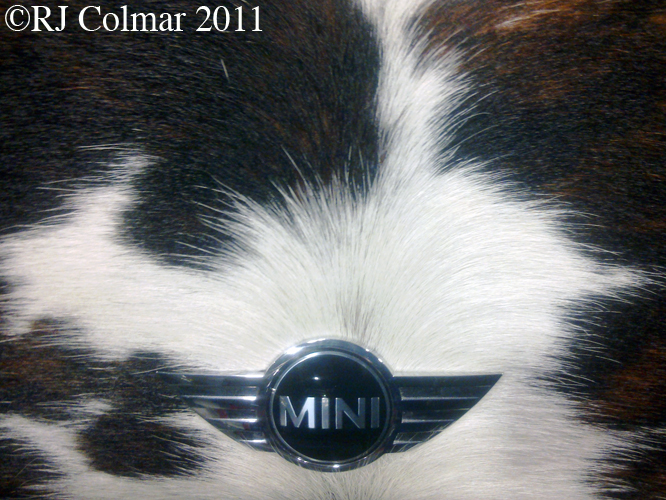In the final look at Ferarri’s at this years Goodwood Festival of Speed today I’ll be looking at the Formula One cars which covered the 15 year period between 1975 and 1990.

In reverse order, Ferrari managed to lure Alan Prost away from McLaren to join Nigel Mansell and drove the Enrique Scalabroni and Steve nichols designed 641 to five victories, to Nigels one, and second place in the World Drivers and Manufacturers Championship after an alleged rival settled the outcome of the drivers championship by deliberately punting Alain into a gravel trap in the first corner on the opening lap of the Japanese Grand Prix.
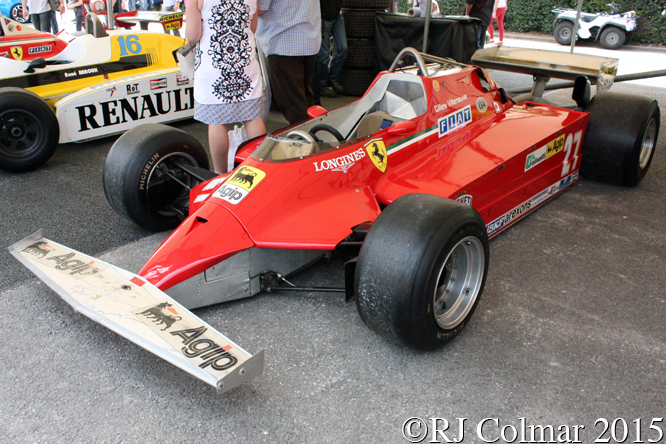
Gilles Villeneuve drove the Ferrari 126 CK chassis #052 seen above to two of the most memorable consecutive Grand Prix victories I have ever seen at the 1981 Monaco and Spanish Grand Prix.
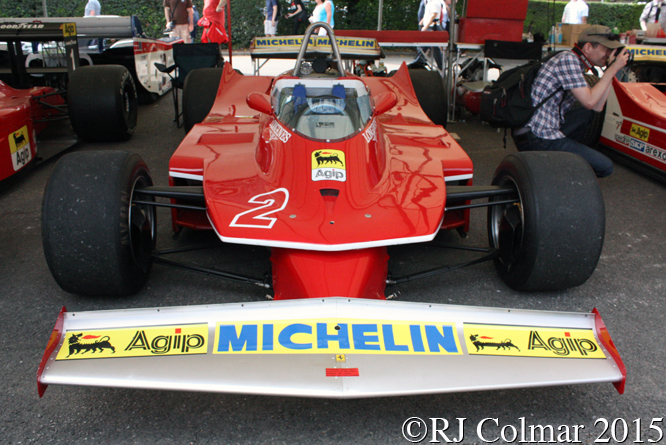
A year earlier Gilles and team mate reigning champion Jody Scheckter struggled with the normally aspirated Ferrari 312 T5, Gilles drove chassis #048 seen above to a sixth place finish in the German Grand Prix which was one of just five points scoring finishes for the team in 1980…
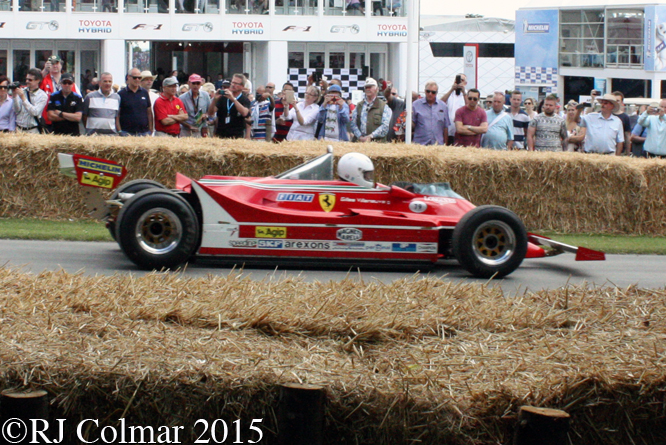
… while chassis #042, seen with Rick Hall at the wheel above, was raced twice by Jody and once by Gilles during 1980 and failed to finish on each occasion.
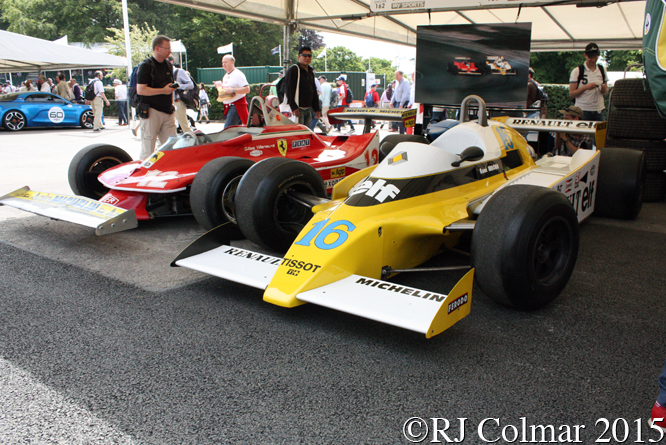
One of the highlights of the 1979 season was Gilles epic dice with René Arnoux for 2nd place in the closing stages of the French Grand Prix, Gilles drove the 312 T4 chassis #041 and René the Renault RS10 chassis #RS10/03 both of which are seen above.
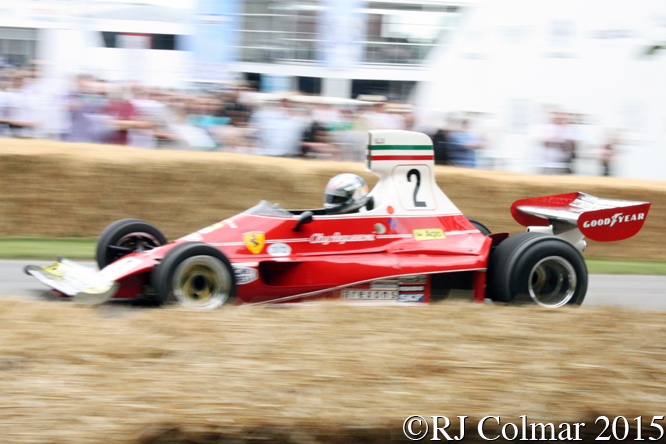
Finally in forty years ago Niki Lauda finally delivered the World Drivers and Manufacturers championships, for the first time since 1964, ably backed up by Clay Regazzoni driving the Ferrari 312 T, chassis #024 seen above being driven by Rob Hallwas driven to victory by Clay Regazzoni in the 1975 Italian Grand Prix and on it’s final appearance at the 1976 US Grand Prix West.
Thanks for joining me on this “Formula One Ferraris” edition of “Gettin’ a li’l psycho on tyres” I hope you will join me again tomorrow when I’ll be looking at the last of a series of Formula Junior open wheelers. Don’t forget to come back now !


